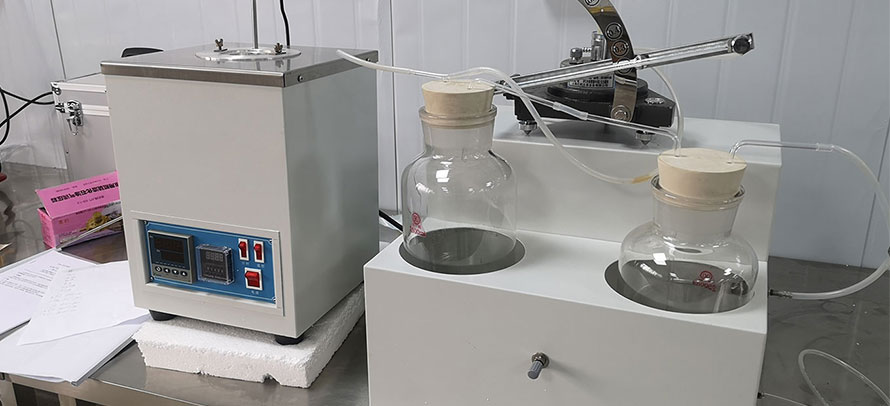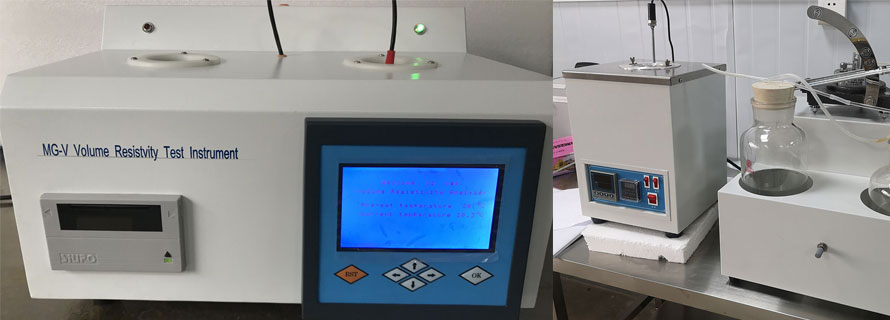ASTM D3321 Standard Test Method for Use of the Refractometer for Field Test Determination of the Freezing Point of Aqueous Engine Coolants
8. Procedure
8.1 Cleaning - Before using, swing back the plastic cover at the slanted end of the tester exposing both the measuring window and the bottom of the plastic cover. Wipe both clean and dry with tissue or clean soft cloth. Close the plastic cover (see Fig. 2).
8.2 Testing Coolant Solution - Commercial instruments are usually equipped with a small suction pipet for sampling solutions. This tube should be used to remove a sample (from below the coolant surface) and eject a few drops on the measuring window (see Fig. 3). Flush suction pipet with test solution before withdrawing sample for testing.
8.3 Readings:
8.3.1 Point the instrument toward any light source (for example, a headlight) and look into the eyepiece (Fig. 4).
8.3.2 The freeze point protection is the point where the dividing line between light and dark (edge of the shadow) crosses the scale; read the scale marked for the type of coolant being tested (see Fig. 5).
NOTE 2 - Tester temperature scales are reversed from standard thermometer scales. Below zero readings are located on upper half of scale.
8.3.3 A little experience is required to obtain the best contrast between the light and dark portions of the scale. Tilt the instrument towards the light source until best results are obtained.
NOTE 3 - Refractometer freezing point scales are available in °C and °F for both propylene glycol and ethylene glycol-base coolants.
8.3.4 If the edge ofthe shadow is not sharp, the measuring surfaces were not sufficiently well cleaned or dried or an insufficient amount of coolant sample was used. Clean and dry the window. Conduct a new test.
NOTE 4 - Oil contamination will reduce the sharpness of the dividing line.
8.3.5 A completely dark scale indicates insufficient coolant sample was used. Completely light scale indicates that the coolant freezing point is below the scale range.
8.3.6 There is a danger of the loss of water vapor from the mixture, due to the small amount of sample required, if the solution is sampled at elevated temperatures. Under these circumstances the reading should be taken immediately. More accurate readings are obtained when testing at ambient temperature.

